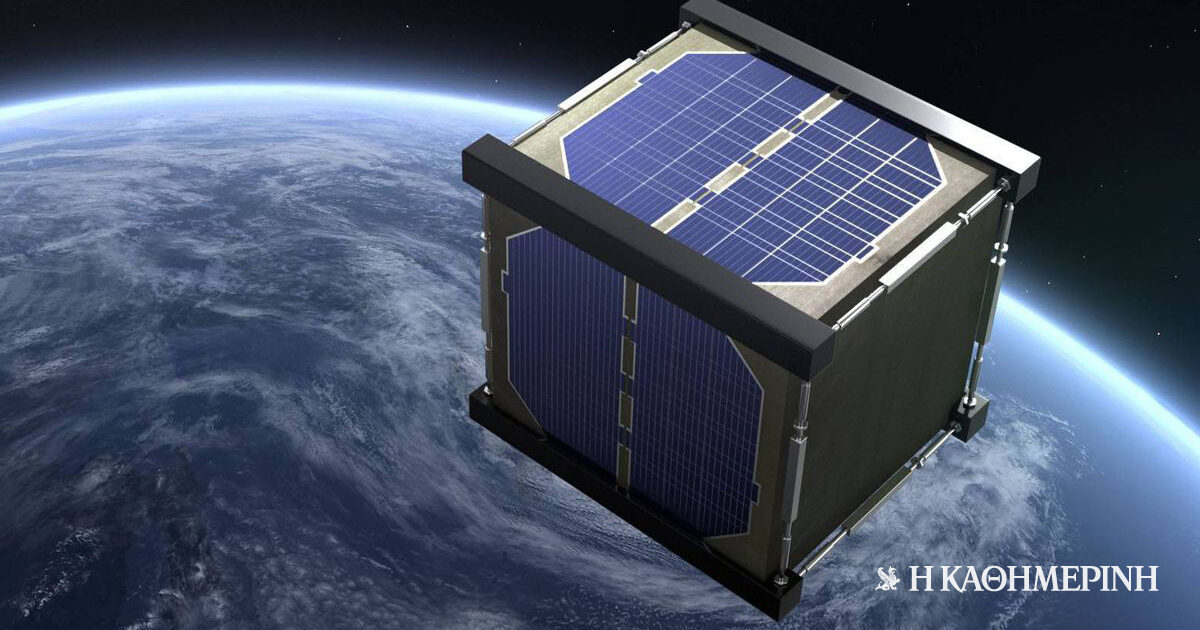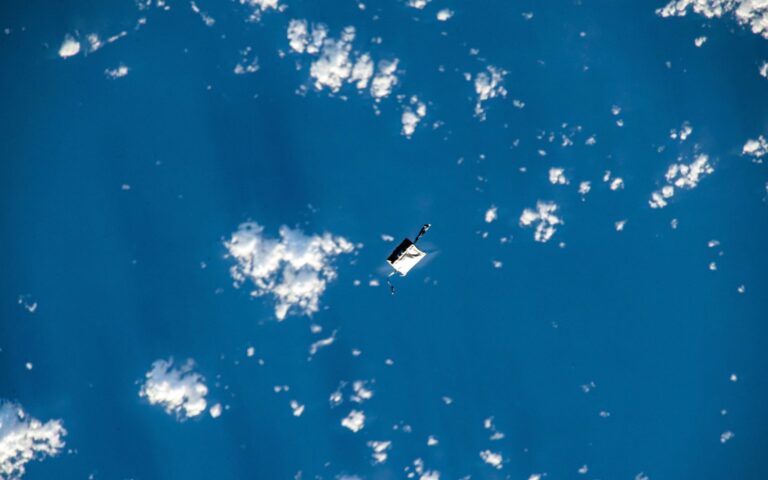
the NASA The Japanese space agency JAXA plans to launch the first rocket Wooden satellite In space – and the reasons are expected.
LignoSat, a satellite from Magnolia wood About the size of a coffee cup, it will be launched into Earth orbit in the summer of 2024 in an effort to make space missions more efficient Viable.
the wood It does not burn or rot in the vacuum of spaceInstead of turning into fine ash upon reentry into Earth’s atmosphere, making it a remarkably useful, less burdensome and biodegradable material for future satellites.
After successfully testing wooden samples on the International Space Station (ISS) this year, scientists appreciate that Their experimental satellite is fit for launch.
“Three wooden samples were tested and did not show any signs of deformation after exposure to space,” the researchers said in a previous announcement last May.
“Despite the harsh space environment, which includes, among other things, significant temperature variations and exposure to powerful cosmic radiation and dangerous solar particles for ten months, Tests confirmed that there were no caries or deformitiesSuch as cracks, alterations, peeling or surface damage,” they add in the ad.
An international project led by KyotoU has tested and confirmed the high durability of space wood on the International Space Station. Experiment results showed minimal degradation and good stability of the selected samples for the LignoSat wooden satellite. pic.twitter.com/mHBMjjgJeM
— Kyoto University (@KyotoU_News) May 15, 2023
In order to determine the type of wood that will be used in building the satellite, scientists sent three samples to the International Space Station. Magnolia, cherry and birchWhich is stored in a unit exposed to space.
Scientists have reached Magnolia wood, because it was less likely to split or split during construction From the object.

It is noted that it is over 9,300 tons of space objects — including space junk such as decommissioned satellites or parts of spent rockets — currently orbiting Earth.
The bright metals from which these objects are made, such as titanium and aluminium, increase the brightness of the night sky by at least 10% in many parts of the planet, causing light pollution, which makes observing astronomical phenomena more difficult. Universe.
But pollution aside, metallic spacecraft are more expensive, but also more dangerous in terms of collisions with the International Space Station, manned spacecraft, and even Earth — if they “survive” and don’t catch fire upon their return. Atmosphere.
Source: Live Science

“Avid problem solver. Extreme social media junkie. Beer buff. Coffee guru. Internet geek. Travel ninja.”





More Stories
In Greece Porsche 911 50th Anniversary – How much does it cost?
PS Plus: With a free Harry Potter game, the new season begins on the service
Sony set to unveil PS5 Pro before holiday season – Playstation